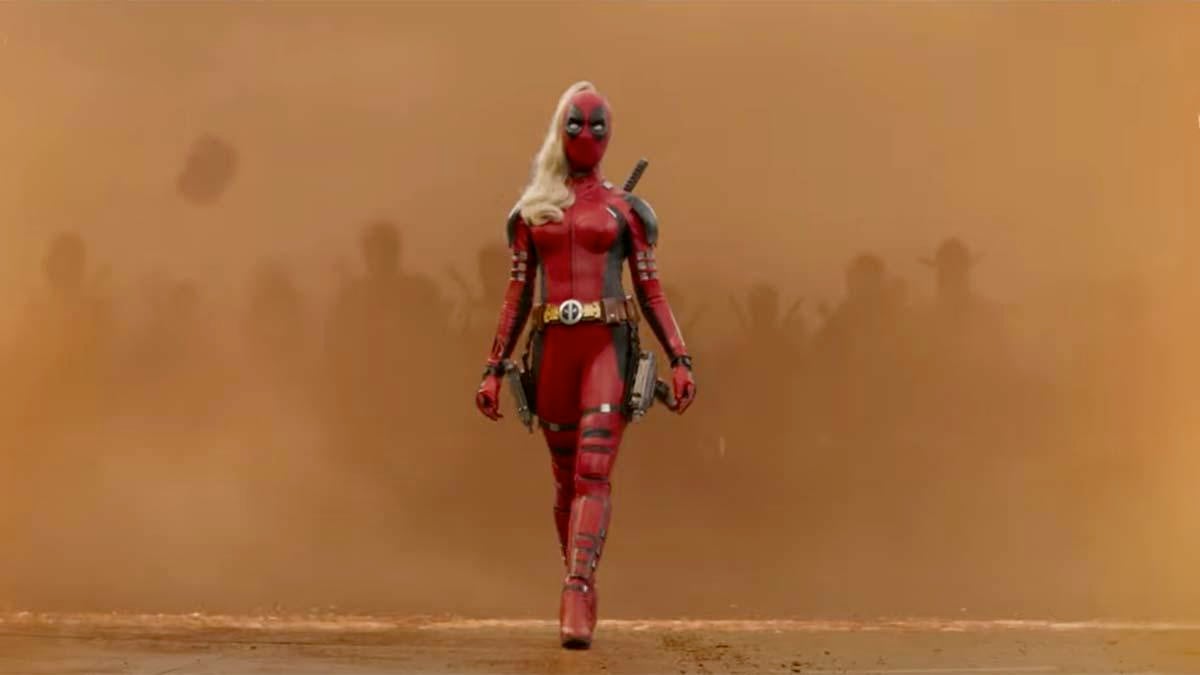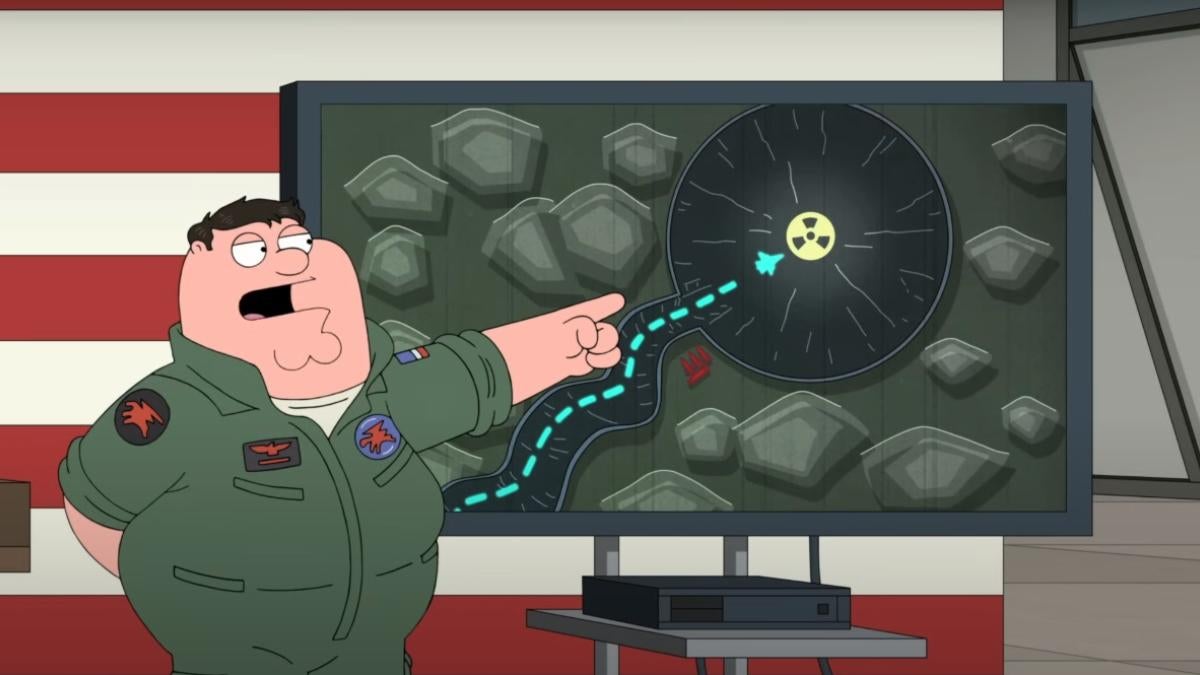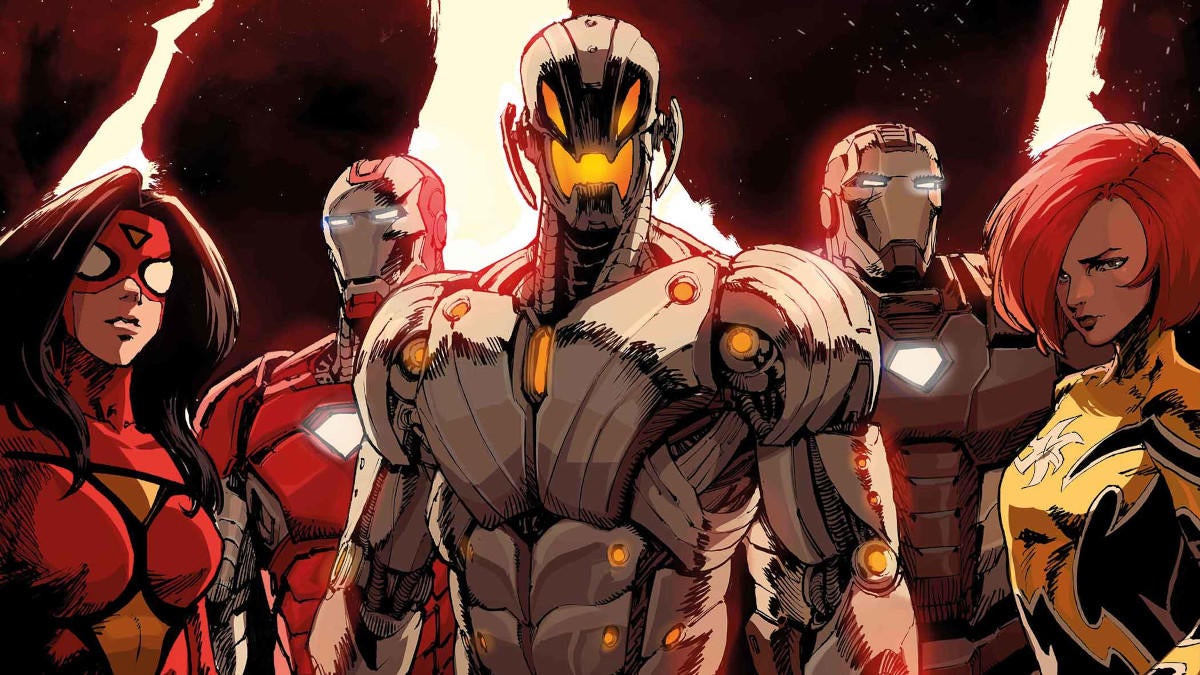Review: 'Daredevil' #612 Is a Surprisingly Open-Ended Finale
Charles Soule and Phil Noto conclude their Daredevil run with an ending that seeks to extend the [...]
Charles Soule and Phil Noto conclude their Daredevil run with an ending that seeks to extend the current status quo rather than reset it.
Most creators have historically chosen to end their modern Daredevil runs with a bang, shaking up the character's status quo in some sort of supposedly irreversible way. Brian Michael Bendis and Alex Maleev put Daredevil in prison, Ed Brubaker and Michael Lark placed him in charge of his ninja nemeses the Hand, and then Mark Waid moved Daredevil out to San Francisco and into a stable relationship for what seems like the first time forever.
In contrast, Soule's Daredevil has pushed Matt Murdock back closer to his traditional roots. As opposed to a California attorney with his public identity exposed, Murdock was back to practicing law in New York (albeit as a prosecutor instead of a defense attorney) with his identity a secret once again. Soule used the familiar New York backdrop and supporting cast as a way to explore new and surprisingly relevant stories dealing with election fraud and undocumented immigrants -- a kind of "street level" story that Daredevil hasn't explored in a meaningful way.
In recent months, Daredevil's central plot involved Kingpin becoming the mayor of New York using illegal methods. Daredevil's struggle to expose Kingpin finally took center stage in the ominously titled "The Death of Daredevil," the finale to Soule's three-year run on the series. The series opened with Daredevil getting hit with a bus, and then continuously upped the ante from there, bringing back old allies as well as old enemies, and seemingly tying up a few loose ends in the process.
The big "twist" of this arc might be divisive for readers, although it seems obvious in hindsight. I personally liked it, mainly because it felt in line with Soule's often unusual run on this book. We've seen jetpack-wielding warrior priests and long-lost brothers materialized out of the ether over the last few months, so how this run ended wasn't too upsetting. The twist also explains the odd frantic pace of this arc, with Murdock seemingly rushing towards his doom and aware of an approaching finality. In the end, that finality was exactly what Murdock was looking for, and Murdock's final choice is whether to accept it or continue his never-ending fight for the soul of New York.
It's a bit hard to properly discuss the end to "The Death of Daredevil" without spoiling its big twist, but it's interesting that it chose to go against the grain compared to previous Daredevil endings. Matt Murdock doesn't wind up as the dictator of a small South American country, or missing an arm, or having his sight restored. Instead, Soule keeps things a bit more open, giving the next creative team room to use or discard his additions at will. In fact, even the promised resolution to Kingpin's election fraud is a misdirection, leaving that thread open for further exploration in the future.
Of course, Phil Noto's art is as gorgeous as ever. Not only does Noto's use of a wide color palette help this run of Daredevil stand out from the dirty and gritty stories (and art styles) of the past, it also made Daredevil's final moments feel a lot more vivid and strangely alive. From the final courtroom scene to one last fight with the strange new assassin Vigil, Daredevil's world is much brighter than it was before, and it feels like that color choice is a final clue as to how this series ends.
Noto has been a stabilizing force on Daredevil for months, giving the book a much-needed distinctive feel. Bouncing from the mayor's office to fighting demon ninja in the same issue gave Daredevil a bit of an identity crisis, but Noto's art really added both consistency and shine to the series when it needed it the most. Noto's art particularly added some star power to this arc, making it feel important even after Marvel announced that the Daredevil series was returning in 2019.
It took Soule's Daredevil a while to find itself, but the comic ultimately helped redefine Daredevil without going to unnecessary extremes. Instead of breaking the character down or pushing him toward unfamiliar settings, Soule showed how to break new ground in Hell's Kitchen without leaning away from the things that define Daredevil the best. In the end, Daredevil feels most at home in a courtroom and, more broadly, in New York, and Soule found a way to put Daredevil back in both.
Published by Marvel Comics
On November 28, 2018
Written by Charles Soule
Art by Phil Noto
Letters by VC's Clayton Cowles




